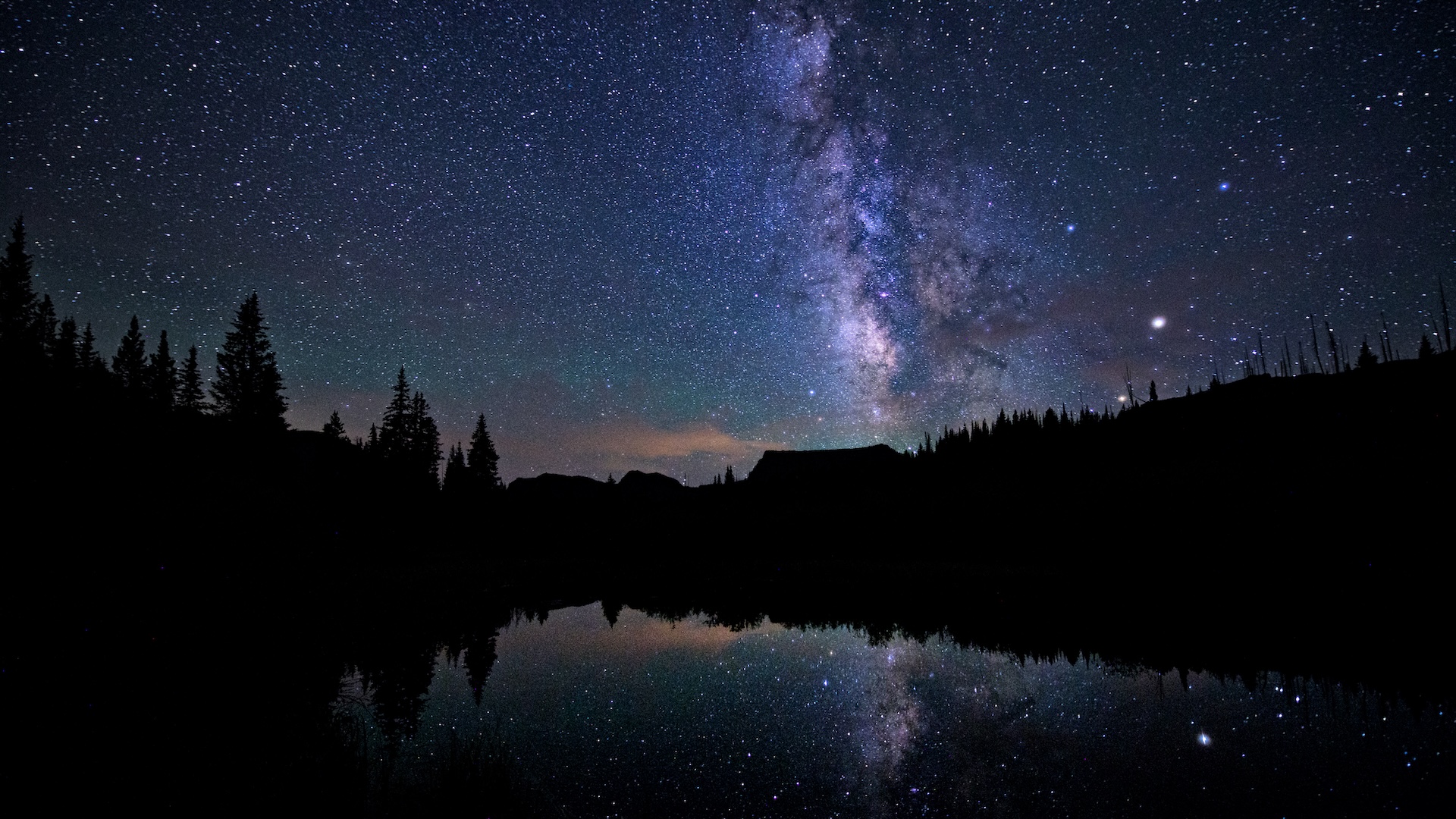Why Do We Kiss?
Setting new world records for kissing has become as much a Valentine's Day tradition as handing out heart-shaped cards. Ways of topping the charts include locking lips the longest (current Guinness World Record: 33 hours), the most (39,897 simultaneous kissers), or even the fastest (112 kisses received in one minute). Almost every Feb. 14, those numbers rocket upward.
As perhaps the most standard expression of romantic affection, it isn't surprising that record-setting kissing attempts are a popular Valentine's Day activity. What is surprising, though, is that swapping spit seems romantic in the first place.
It isn't just a random cultural phenomenon confined to certain parts of the globe, either. The aforementioned Guinness World Records have been set all over the world and indeed, 90 percent of human populations engage in kissing. Most of the 10 percent who don't kiss replace the practice with something similar, such as face-blowing, licking, or sucking. Even bonobos French-kiss one another. So why do we, as a species, and even just as hominins, kiss?
Mostly, it's an evolutionary screening tool for making strong offspring.
The Nose Knows
Kissing allows people to get close enough together to use smell and taste to assess each other as potential mates. Research shows that peoples' breath and saliva carry chemical signals as to whether they are healthy or sick, and in the case of females, whether they're ovulating all important messages for potential partners in reproduction.
Furthermore, the skin around peoples' noses and mouths is rich in sebum, an oily substance that coats our skin. Evidence suggests that sebum contains pheromones, chemicals that broadcast information about a person's biological makeup. When people pick up each other's pheromones during a sloppy kiss, they'll subconsciously become either more or less sexually attracted to each other depending on what they detect. Studies show people prefer the pheromones of those with different types of immune systems than theirs possibly because this genetic difference would improve the health and vitality of any offspring they produced together.
Get the world’s most fascinating discoveries delivered straight to your inbox.
Joined at the Lips
Alongside the chemosensory cues exchanged during kisses, psychologists also believe the actual physical act of kissing helps couples bond. This theory is supported by the fact that oxytocin -- a hormone that increases most peoples' feelings of sociality, love and trust floods brains when mouths kiss.
The connection between kissing and bonding may also explain why people are much more likely to kiss before and during romantic sex than casual or "paid for" sex. For example, studies show that most prostitutes flat-out refuse to kiss clientele, which psychologists believe is a technique for establishing emotional distance. Conversely, it is unusual for long-term couples to have sex without kissing.
Another explanation for kissing holds that the exchange of fluids increases sexual arousal. By analogy to their experience during sex, men in particular may view the wetness of a kiss as an index of the sexual receptivity of the woman they are kissing.
On that note, recent research shows that men and women have very different opinions when it comes to kissing. The two genders emphasize the reasons for kissing given above to different extents, and tailor them to fit their specific motives.
- Men, Women, and the Two Stories Behind Every Kiss
- Love is Scary: 12 Weird Valentine's Day Phobias
- What's an Orgasm?
Got a question? Send us an email and we'll look for an expert who can crack it.
Follow Natalie Wolchover on Twitter @nattyover
Natalie Wolchover was a staff writer for Live Science from 2010 to 2012 and is currently a senior physics writer and editor for Quanta Magazine. She holds a bachelor's degree in physics from Tufts University and has studied physics at the University of California, Berkeley. Along with the staff of Quanta, Wolchover won the 2022 Pulitzer Prize for explanatory writing for her work on the building of the James Webb Space Telescope. Her work has also appeared in the The Best American Science and Nature Writing and The Best Writing on Mathematics, Nature, The New Yorker and Popular Science. She was the 2016 winner of the Evert Clark/Seth Payne Award, an annual prize for young science journalists, as well as the winner of the 2017 Science Communication Award for the American Institute of Physics.


